Refining 101: The Chemistry Behind Precious Metal Refining
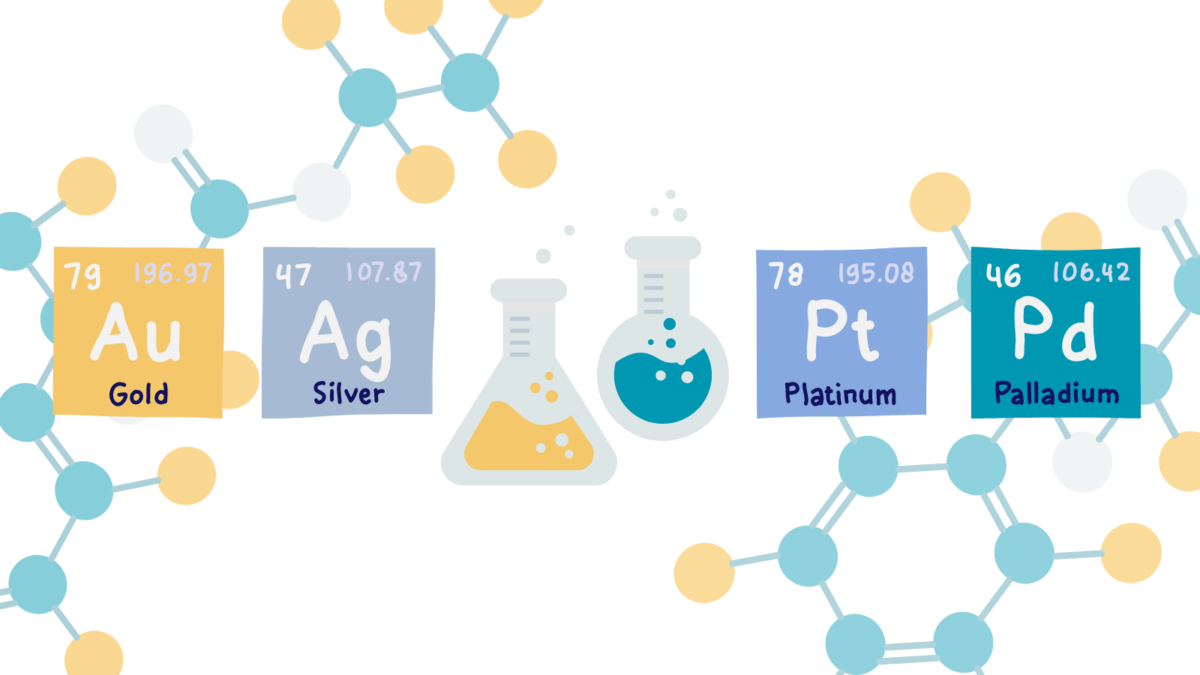
We’ve covered the steps involved in the refining process in previous blogs like How Precious Metal is Refined. But what’s the science behind the process? How exactly do we turn “scrap” into pure gold (or other precious metals)? Understanding the chemistry of precious metal refining helps in optimizing the refining process and achieving the desired purity of precious metals. So – in true back-to-school spirit – read on for our “Refining 101” intro to precious metal refining chemistry!
Precious metal refining involves the purification of metals like gold (Au), silver (Ag), platinum (Pt), and palladium (Pd) from raw materials such as ores, scrap metal, or electronic components. The process typically involves several chemical and physical steps to separate the precious metals from impurities. Here are a few of the important chemical principles and reactions involved:
Collection and Initial Processing
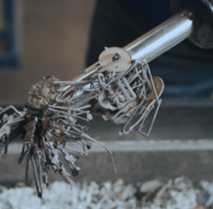
Scrap metal, such as jewelry, dental material or old electronics is first collected and sorted. The initial processing may involve:
- Mechanical Separation: Shredding and grinding the scrap to break it down into smaller pieces.
- Magnetic Separation: Using magnets to remove ferrous metals (iron and steel) from non-ferrous metals (copper, aluminum, precious metals).
Smelting
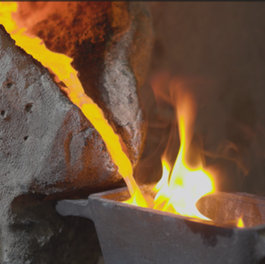
Smelting involves heating the scrap metal to high temperatures to melt it. This process often uses a furnace and a reducing agent (like carbon in the form of coke) to help separate the metal from its oxides and other impurities. The reducing agent reacts with the metal oxides in the scrap, reducing them to the pure metal. For example, in the case of gold:
2Au(OH)3 +3O2 → 2Au + 3H2O +3O2
Cupellation
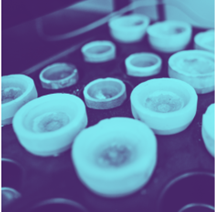
Cupellation is a refining process used to separate silver and gold from base metals such as lead. The dore or bullion is melted and then heated in a cupel, which is a porous container made of bone ash or a similar material. The lead and other base metals oxidize and are absorbed into the cupel, leaving behind the precious metals. The precious metals remain in the metallic form and are collected for further purification.
Chemical Separation
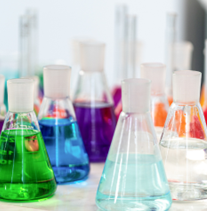
Chemical methods such as aqua regia (Latin for “royal water”) or cyanidation are often employed to further purify the precious metals obtained from cupellation. Aqua regia, a mixture of nitric acid (HNO₃) and hydrochloric acid (HCl), is particularly effective for dissolving gold, and separating precious gems from the metal. The gold chloride complex formed can be reduced back to metallic gold using a reducing agent such as sulfur dioxide or hydrazine. Cyanidation involves dissolving gold in a cyanide solution. The gold forms a soluble complex ion, which can then be separated from the rest of the material.
Electrolysis

Electrolysis is another common method for refining precious metals, especially copper and silver. In this process, the impure metal is dissolved in a suitable electrolyte solution, and an electric current is passed through the solution. The metal ions migrate towards the cathode (negative electrode), where they plate out as pure metal. This electrolytic refining process can achieve very high purity levels.
Final Purification
Depending on the desired purity level, the refined metals may undergo further purification steps such as zone refining, distillation, or selective precipitation.
Overall, refining metals involves a combination of physical and chemical processes aimed at separating the valuable metals from impurities to obtain high-purity products suitable for re-use in a range of applications, including jewelry-making, manufacturing, and investment.
Noble Metal Refining processes a wide range of materials containing gold, silver, platinum and palladium for our clients. The expertise employed in our refinery and on-site, state-of-the-art laboratory enables us to extract and refine both high- and low-grade materials containing these precious metals.
Understanding the chemistry behind precious metal refining helps us improve our processes, ensure safety, and drive innovation, ultimately contributing to more efficient and sustainable use of precious resources.
Click Here to learn more about the metal refining process we go through to make sure all of your precious metal material is captured and refined.
